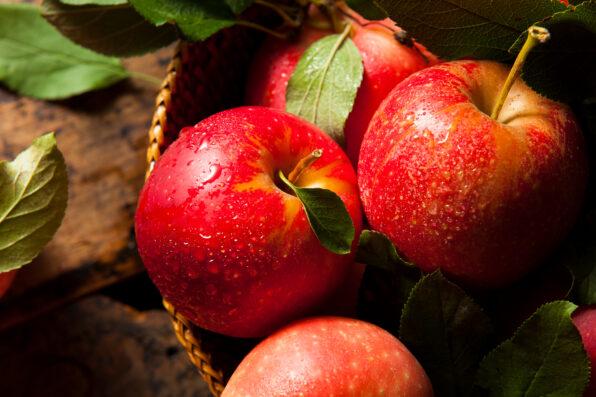Have you heard of Johnny Appleseed, the guy who traveled across the United States on foot planting apple seeds?
You may have thought he was a made-up character from a children’s storybook, but he’s actually a real person, although some aspects of his life have been modified to reflect a more idealistic picture.
Legend has it that Johnny was a dreamy wanderer and lover of nature who planted apple seeds so people could have access to fresh fruit, bake the most delicious pies, and never go hungry. That was the portrayal of Johnny in the 1948 Disney film Melody Time.
In reality, Johnny Appleseed was a cunning businessman and did not plant apple seeds for the good of the people. Instead, it was for something much less wholesome–and that thing was alcohol.
Johnny Appleseed’s real name is John Chapman. He was born in Massachusetts in 1774. Not much is known about his early life, but we do know that his mother died during childbirth when he was two-years-old and that his father fought in the Revolutionary War.
As America grew in size, so did Johnny. Pioneers were encouraged to move west to settle down in newly acquired land. Johnny hatched a plan to plant apples all through the West. He would create the apple orchards, then sell them to settlers.
The first seeds he sowed were in Pennsylvania in 1798. From there, he headed west through Ohio, planting as he traveled. Each day, he walked for miles, carrying not much more than a few tools and a leather bag filled to the brim with apple seeds, which he accumulated from cider mills.
He did not just fling the seeds across the land and hope for the best. Rather, he was very meticulous about where he planted them to ensure that they would grow.
Now, the apples that he planted were not the typical apples you see at the grocery store. These were cider apples, which are smaller than regular apples and not as tasty. They were not meant to be eaten and were instead used to produce hard cider, a beverage that was highly popular among the American pioneers at the time.

Sign up for Chip Chick’s newsletter and get stories like this delivered to your inbox.


